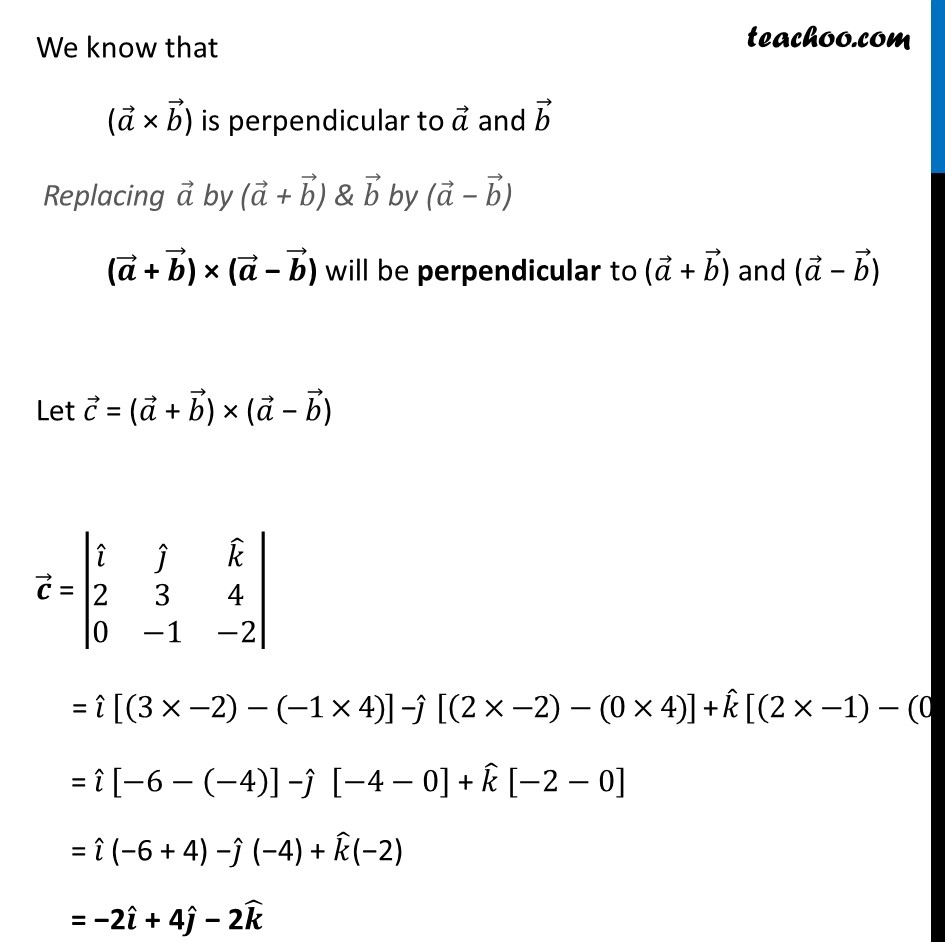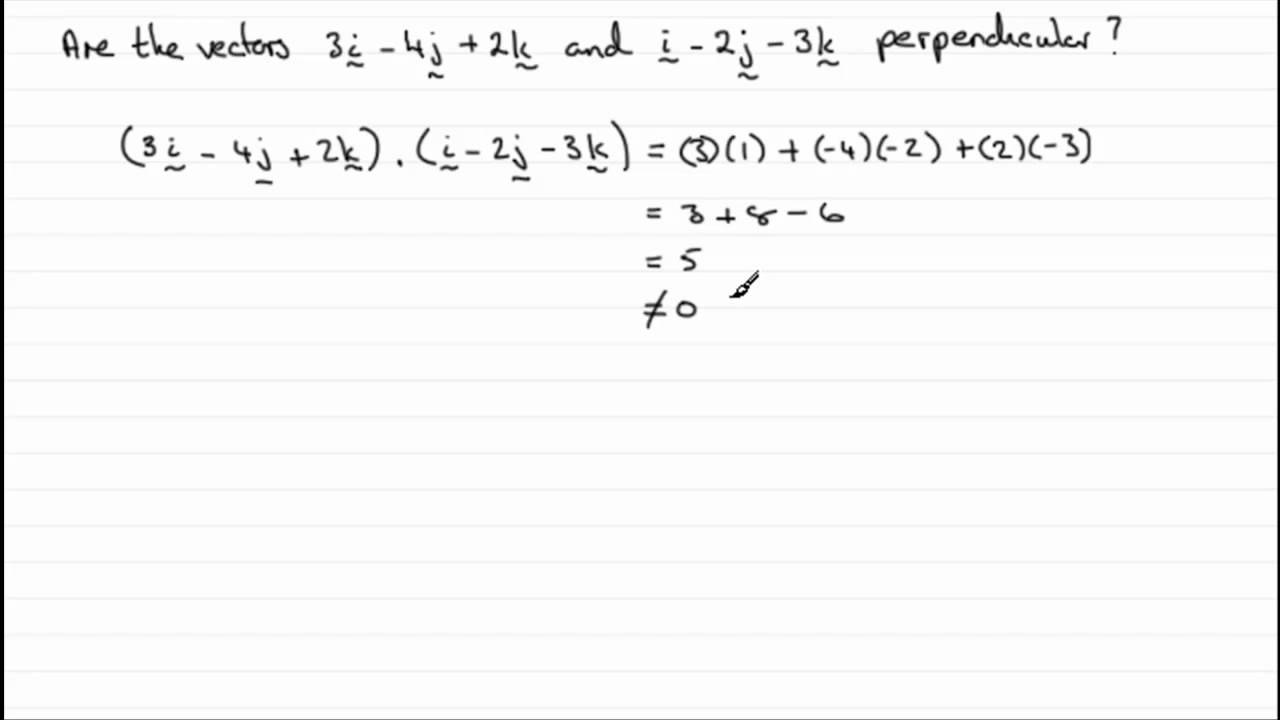

Unity perpendicular vector 2d how to#
However, I dont understand how to correctly calculate the Y value. To calculate the X value I can use the dot product of moveDir and lookDir. The Y value should also range from -1 (character facing left) to 1 (facing right). The X value should range from -1 (character facing backwards) to 1 (facing forwards) I would like to calculate a 2D Vector (xy) that holds the following information: Of the characters movement direction (moveDir) to the look direction (lookDir). In Unity 2D the collisions are not defined directly by Rigidbody 2D, but by new components called Collider 2D. These are components that define a region of the plane in which interaction between objects can occur.I am working on a top-down 2-dimensional (XZ plane) game and i need to calculate the difference The Physics 2D engine parameters are set using the Physics 2D manager ( Edit-> Project Setting-> Physics2D).

Unity perpendicular vector 2d software#
Remember that Unity’s 2D and 3D physical engines are completely separate. The 3D engine uses the PhysX software product, while the 2D engine uses Box2D. In the latest versions of Unity, a specific component has been added to manage the physics of objects on the 2D scene, the 2D Physics Engine. The purpose of the engine is to simulate the laws of physics, in particular Newton’s three laws of motion of mechanics. Video games try to simulate the real world. The objects (GameObjetcs) that interact in the scene are each identified by the Cartesian coordinates (x, y, z) in the 3D space, or by (x, y) in 2D. For each object, it’s necessary to apply the laws of physics and perform the necessary calculations to determine speed, acceleration, frequency of rotation, result of impact with other objects, etc.


In some situations the figure is not well approximated by a single circle or a single rectangle. Instead, it’s preferable to use different simple geometric figures to approximate the various parts of the figure.įor an in-depth study of collision algorithms see. The advantage of the rectangle is that it makes collision detection faster. The circle instead has the advantage of not depending on the rotation, while the rectangle needs to recalculate every time there is a rotation. The algorithm is similar to that of the circle. First the points of the figure are analyzed and the minimum and maximum points are determined then we may compute the minimum rectangle that contains all the points of the figure. The following animation illustrates the procedure in the case of the rectangle contained in a circle. The straight line can be defined knowing a point of the line and the direction, or knowing two points that belong to it. The definition of the structure of the line according to the first point of view is the following: // StraightLine structure definitionĪ segment is the part of the line between two points. The structure of the segment is as follows: // Segment structure definitionĪ rectangle has 4 sides with four \(90^ The distance between two points can be determined by calculating the module (or intensity) of the vector equal to the difference of the two corresponding vectors. It’s the simplest primitive form. A point is defined by its Cartesian coordinates x,y. Each 2D point corresponds to a vector applied to the origin of the coordinate system. So we can speak equivalently of points and vectors. In this article, to define data structures and algorithm schemes, we use a pseudocode with a syntax similar to that of C language. Modern frameworks for game development, such as Unity or Unreal Engine, provide sophisticated software tools that allow the developer to manage the problem intuitively, without going into the details of mathematical algorithms and physical laws. However, a certain level of knowledge of how the physics engine works is essential for an application programmer. In many video games it is essential to manage the problem of detection and response to collisions with the necessary level of accuracy and efficiency. The problem is simpler if the objects have regular geometric shapes, while it becomes extremely complex in the presence of irregularly shaped objects and can be approached only with approximation methods. This article describes the primitive geometric forms used in 2D collisions, with references to the features provided by the Unity’s 2D Physics engine.įor a review of vector algebra, necessary to understand the topic, you can also see the arti c le of this site.Ĭollision management between two or more objects can be divided into two main phases:


 0 kommentar(er)
0 kommentar(er)
